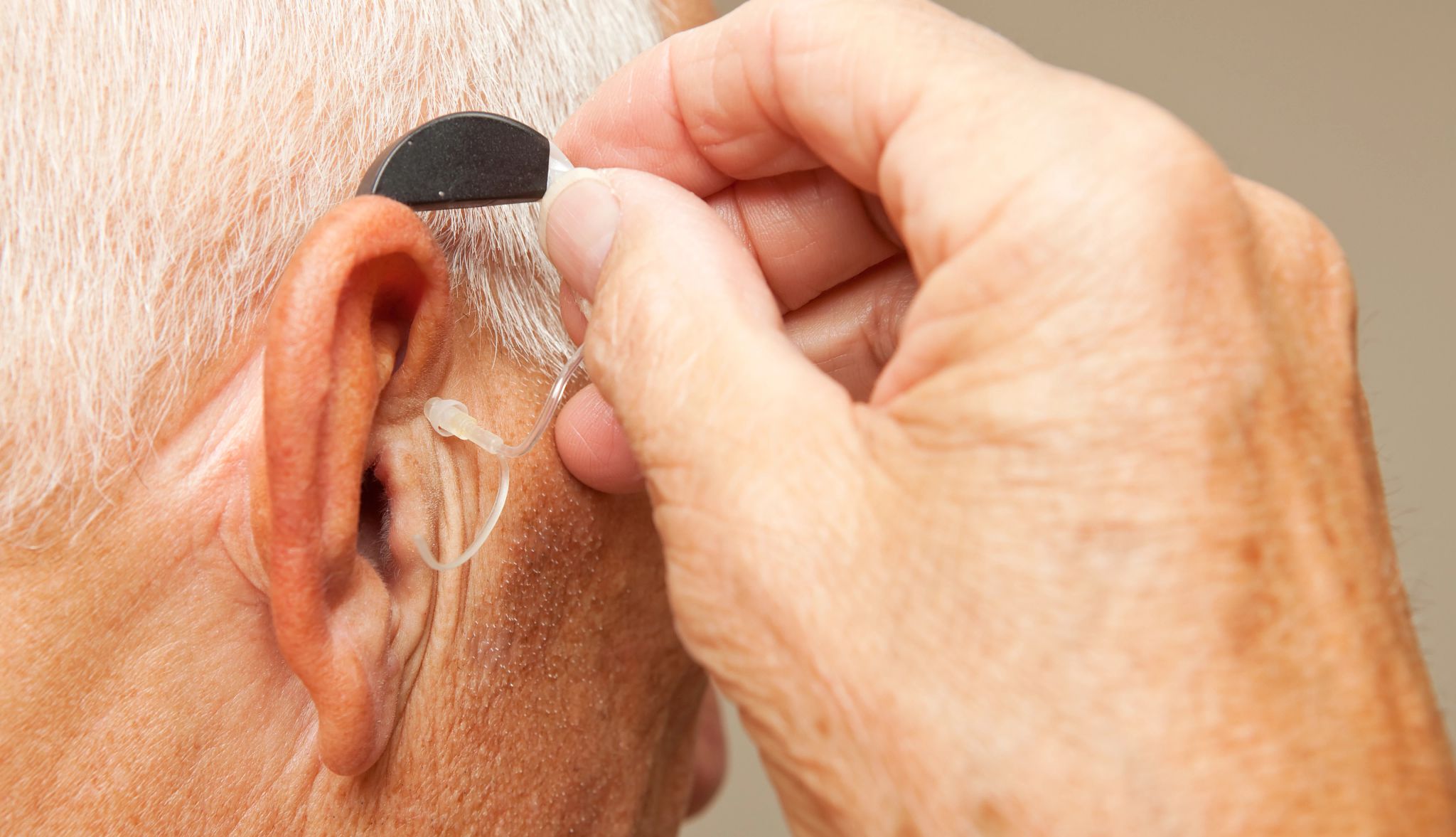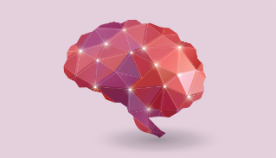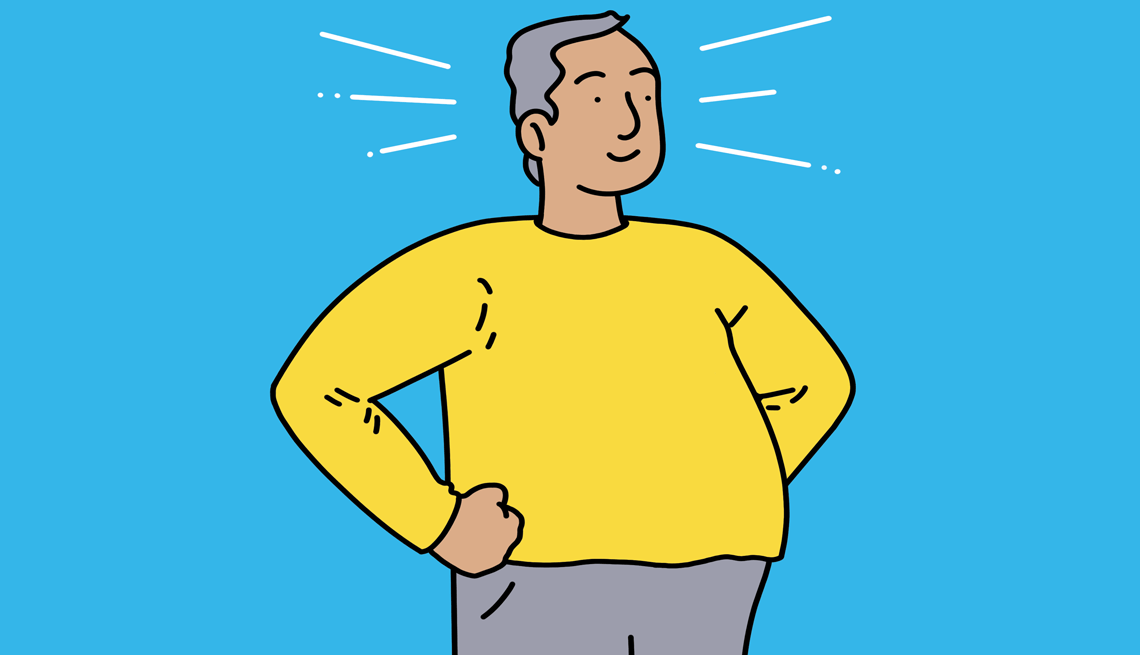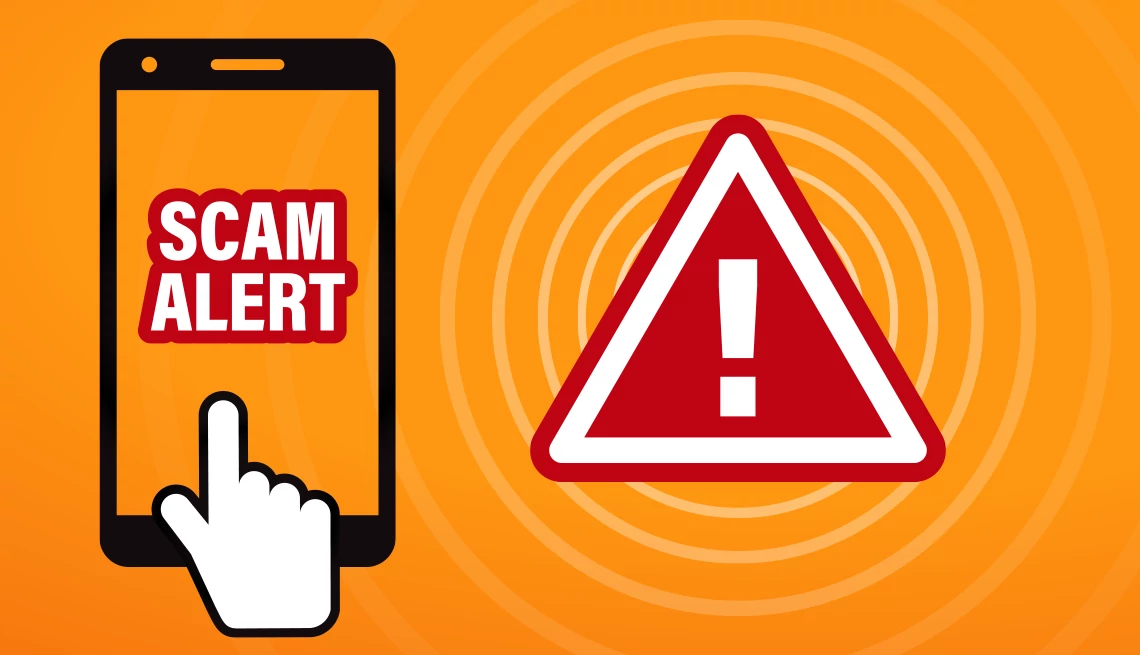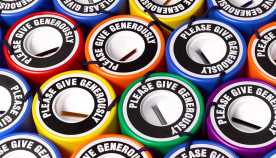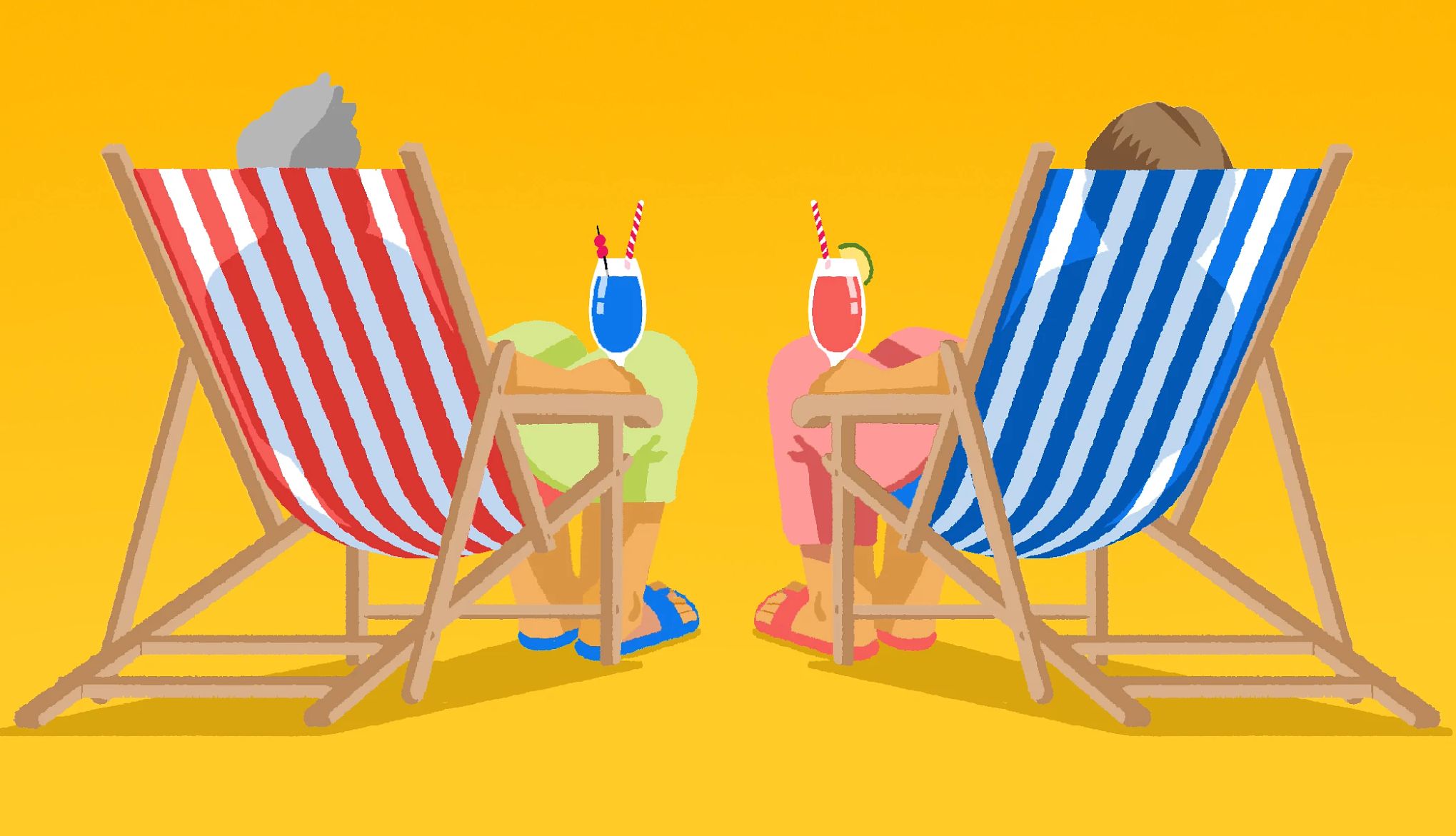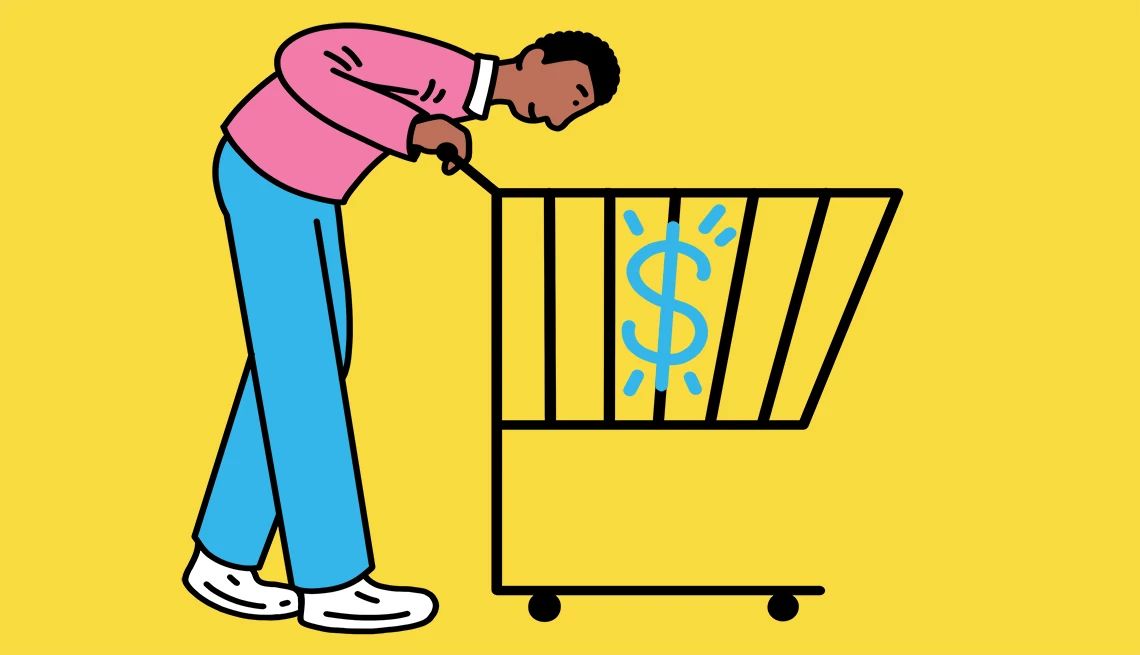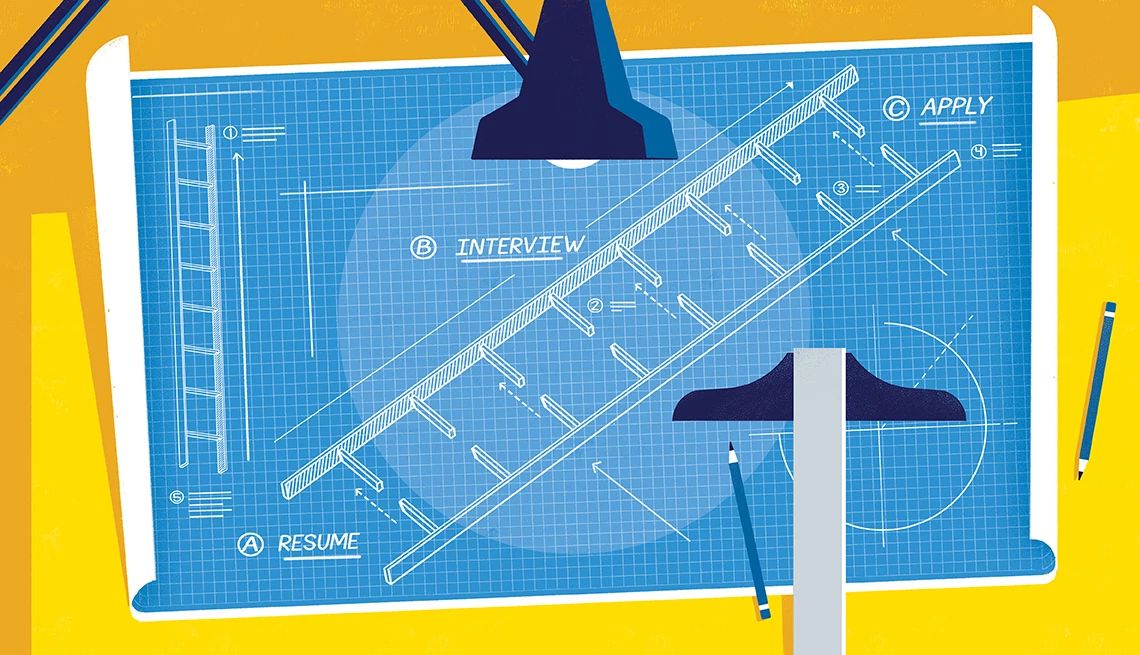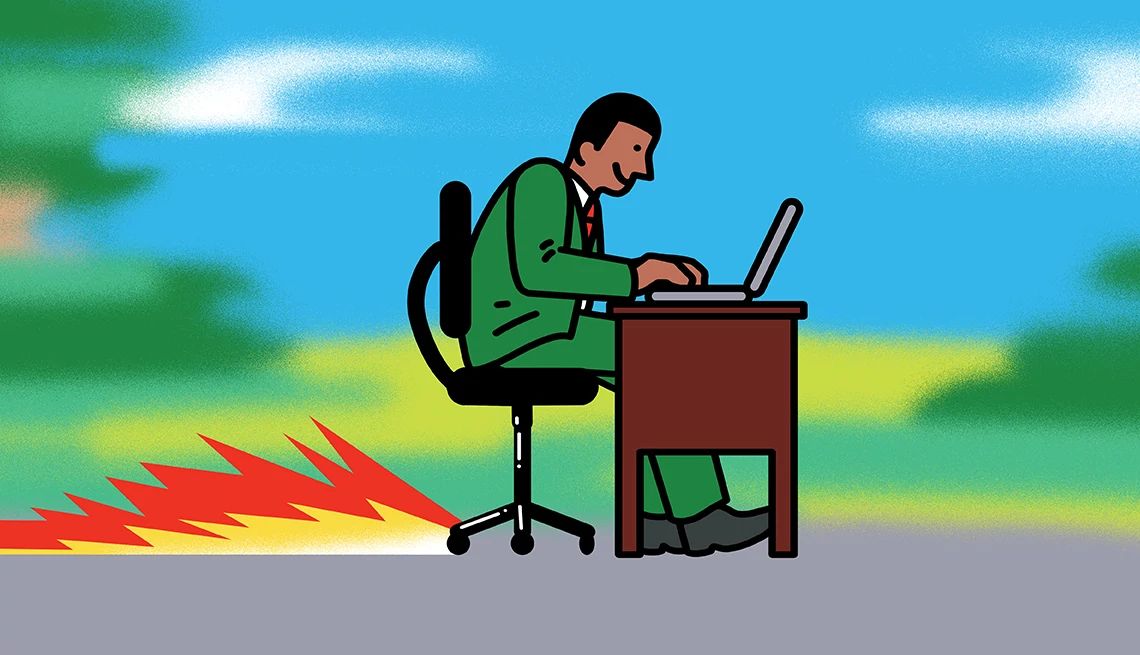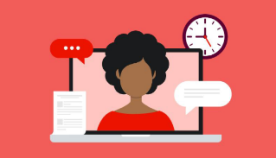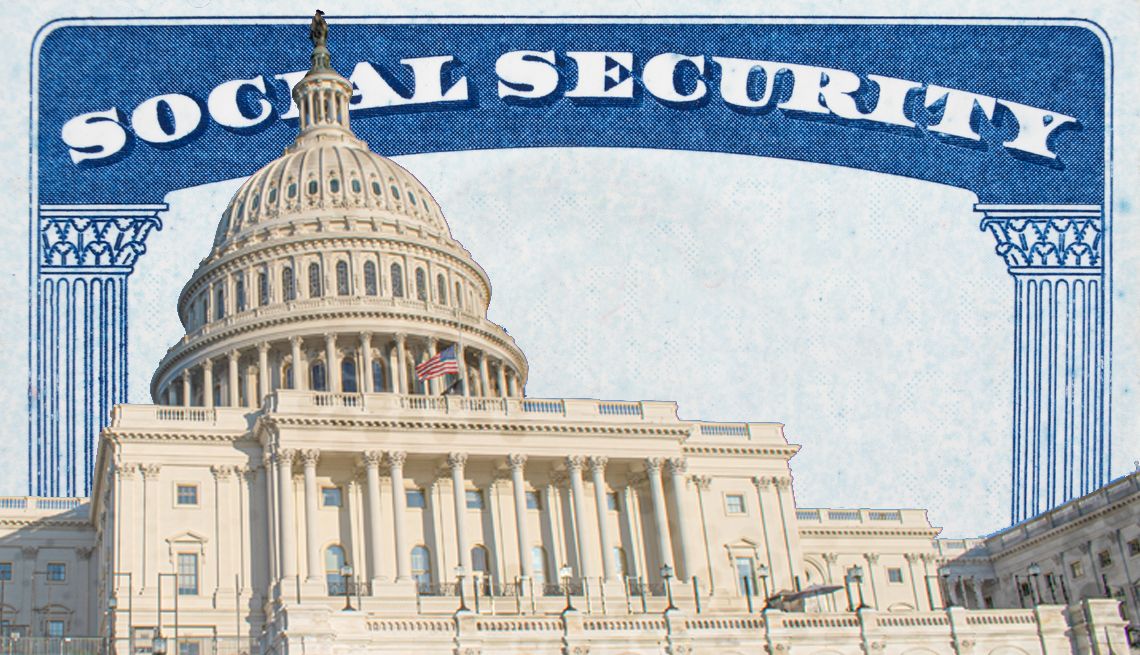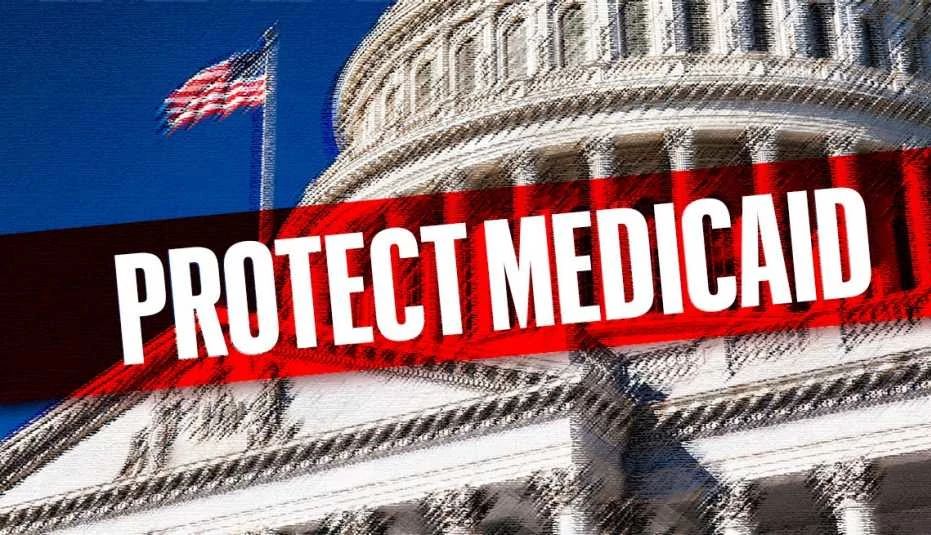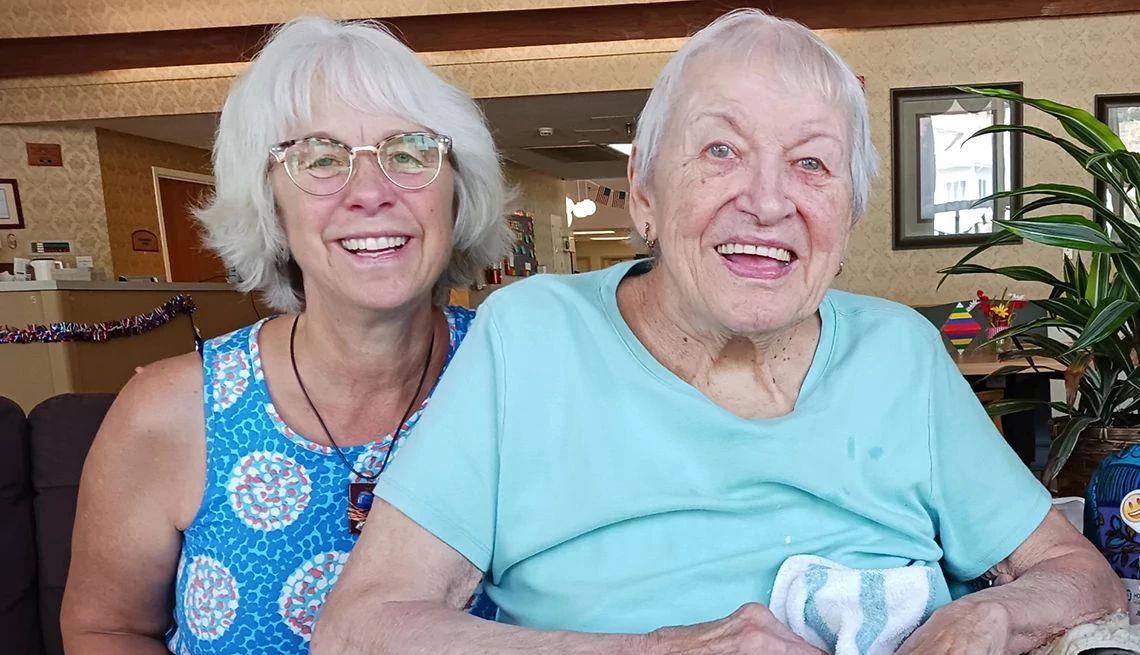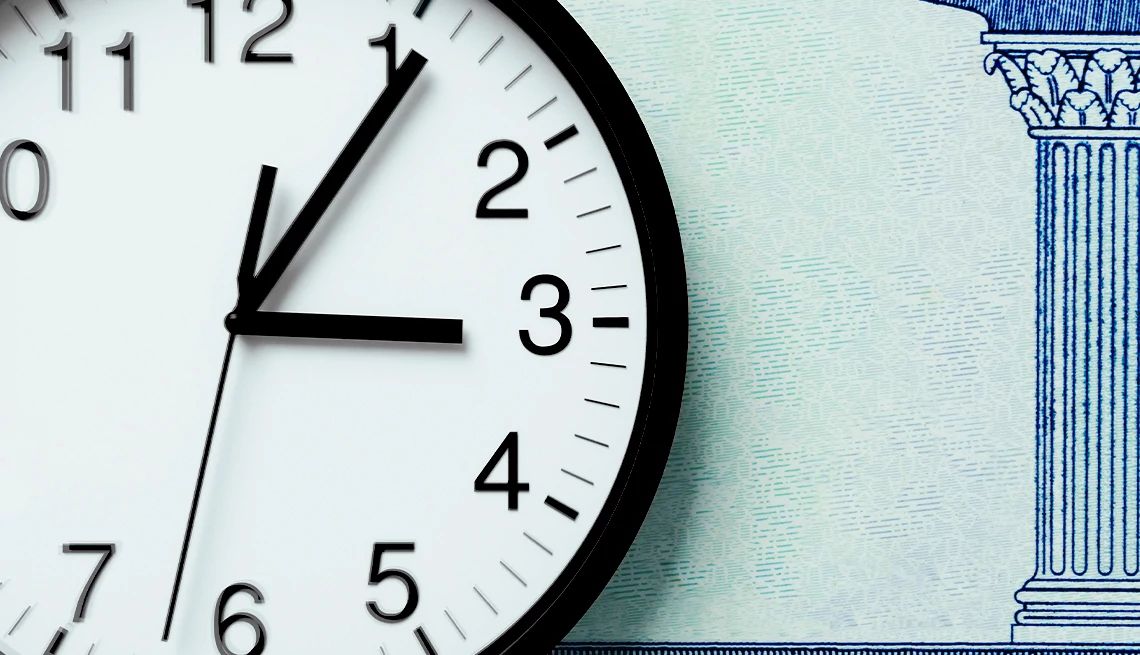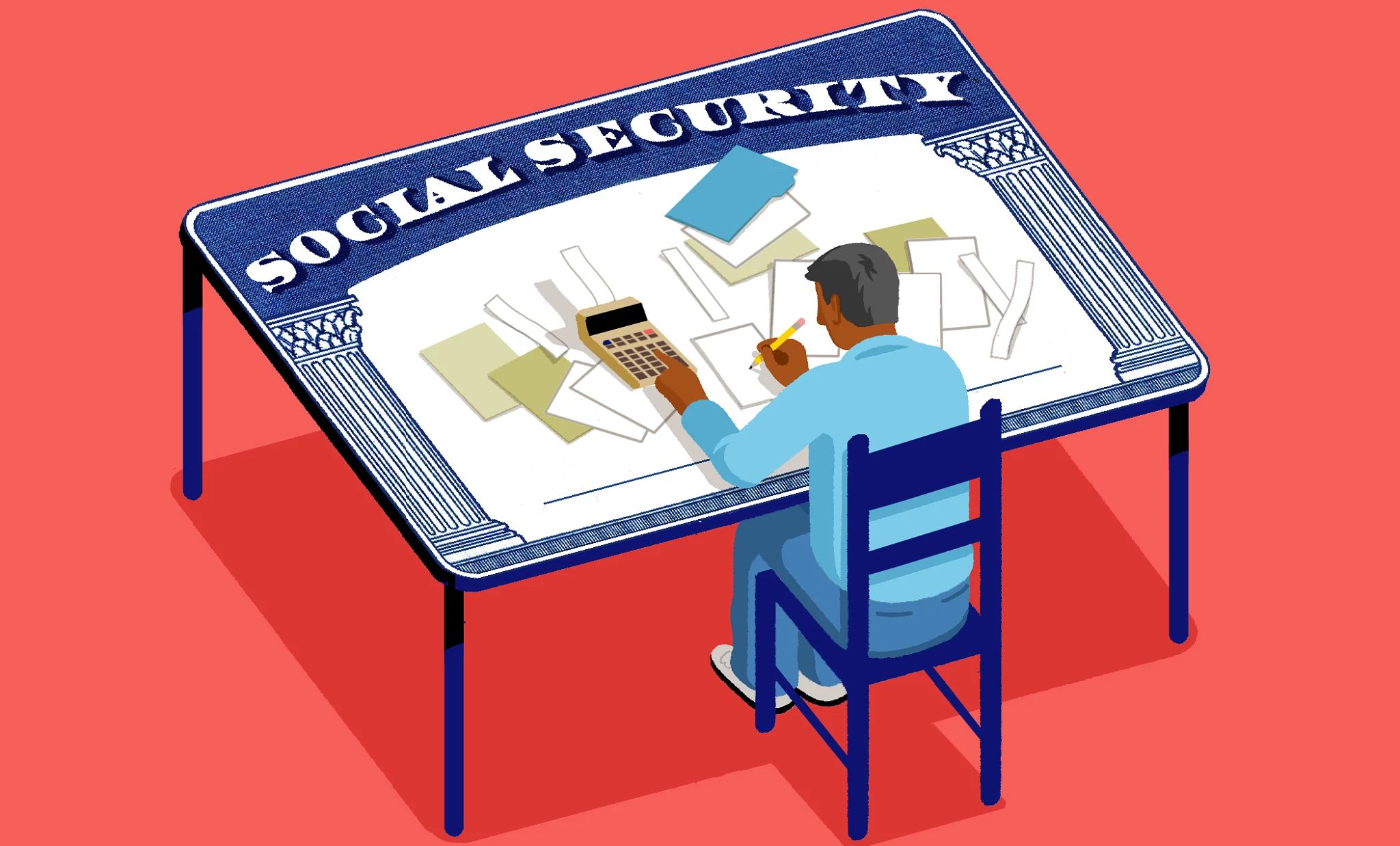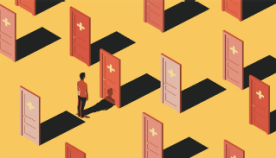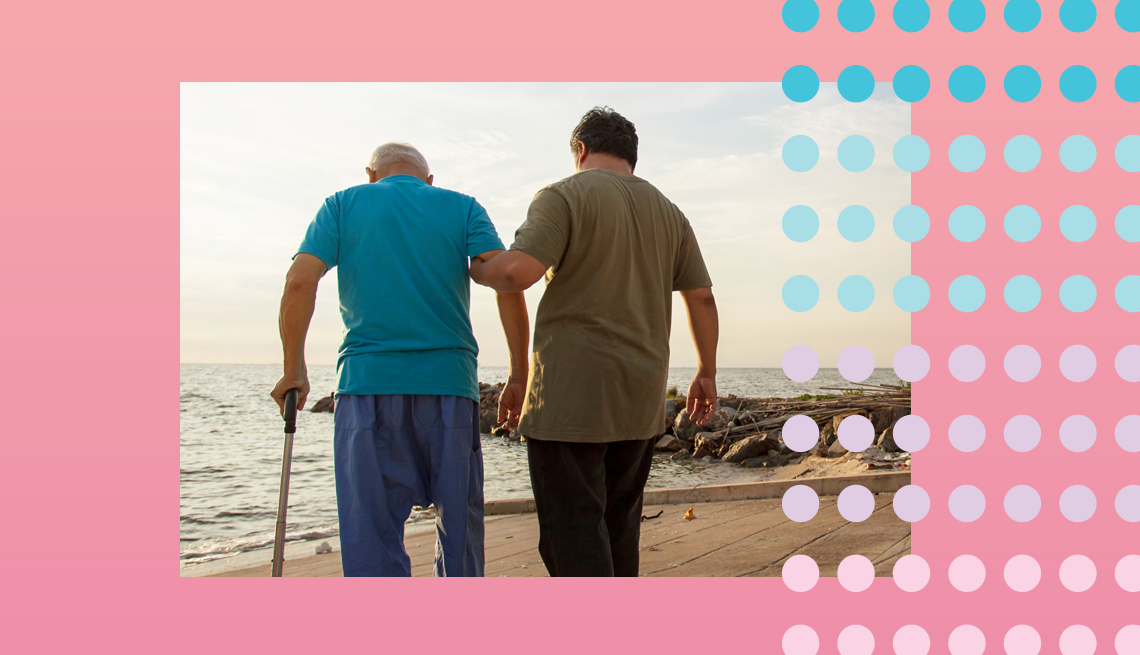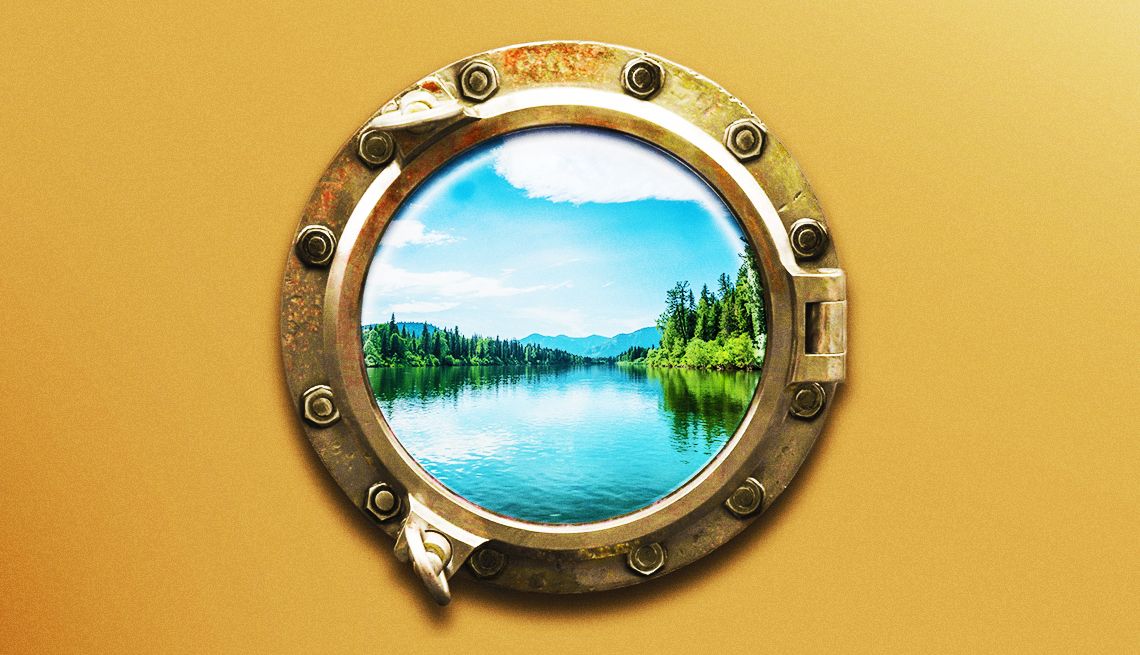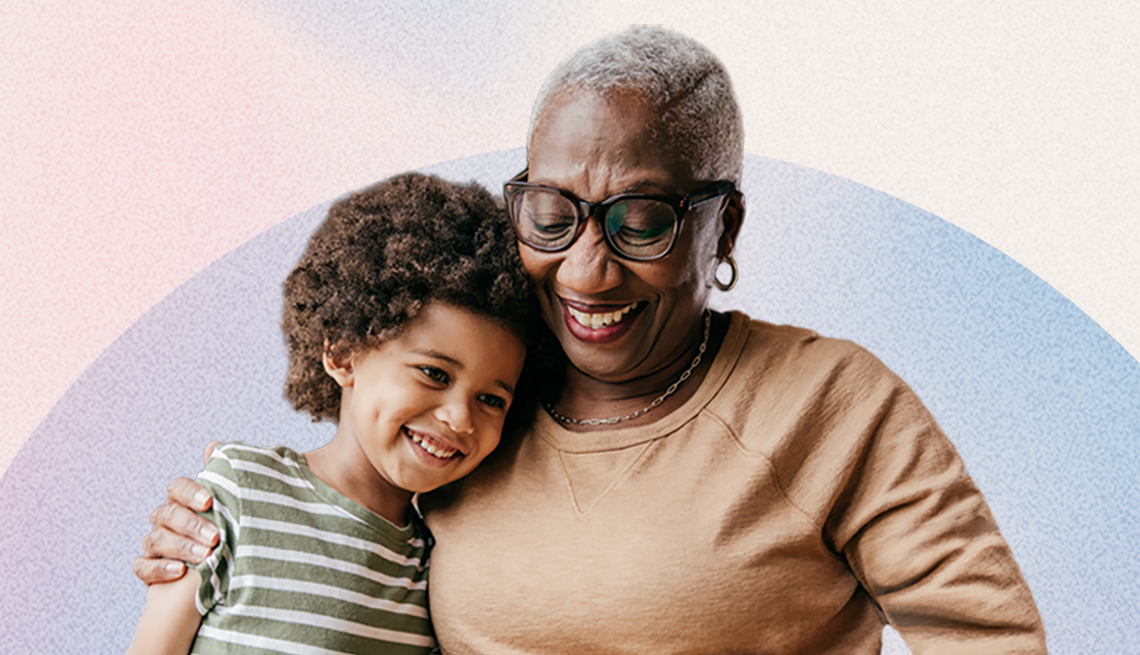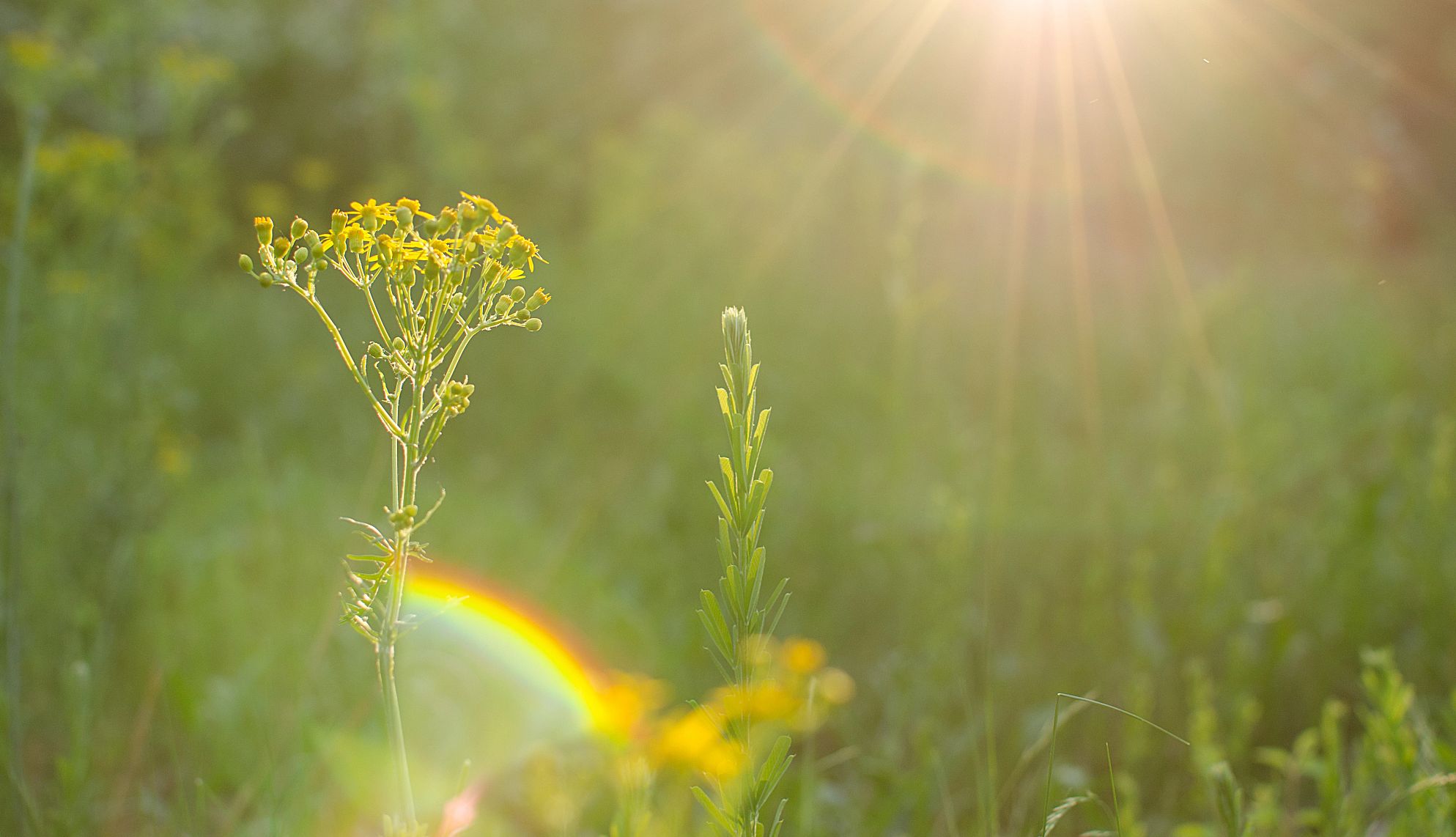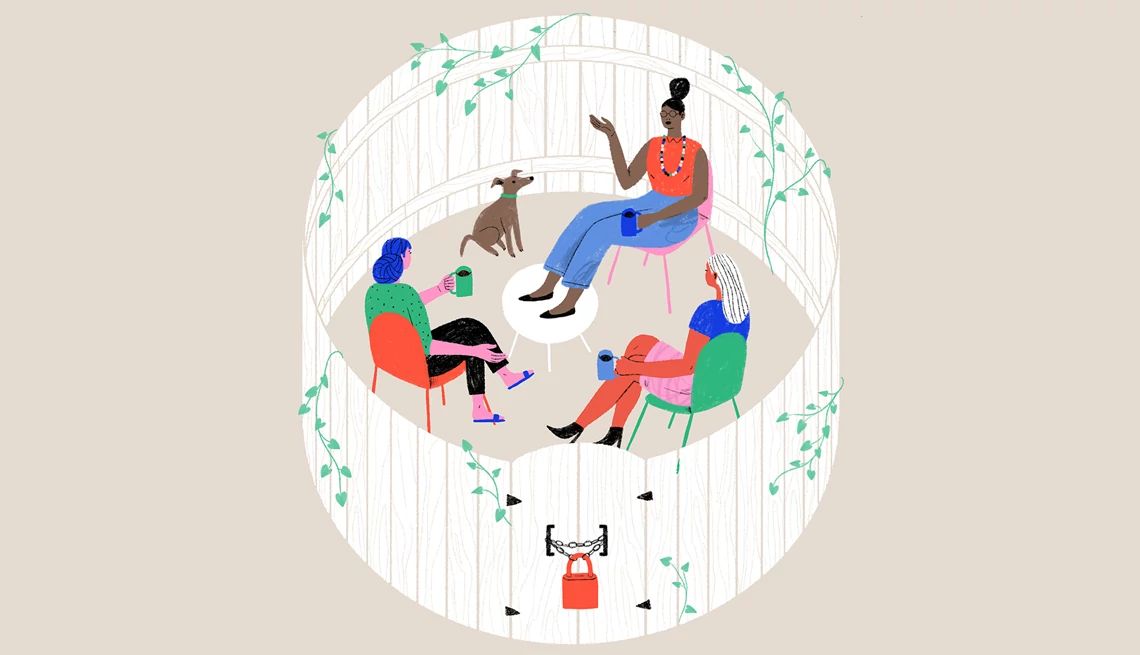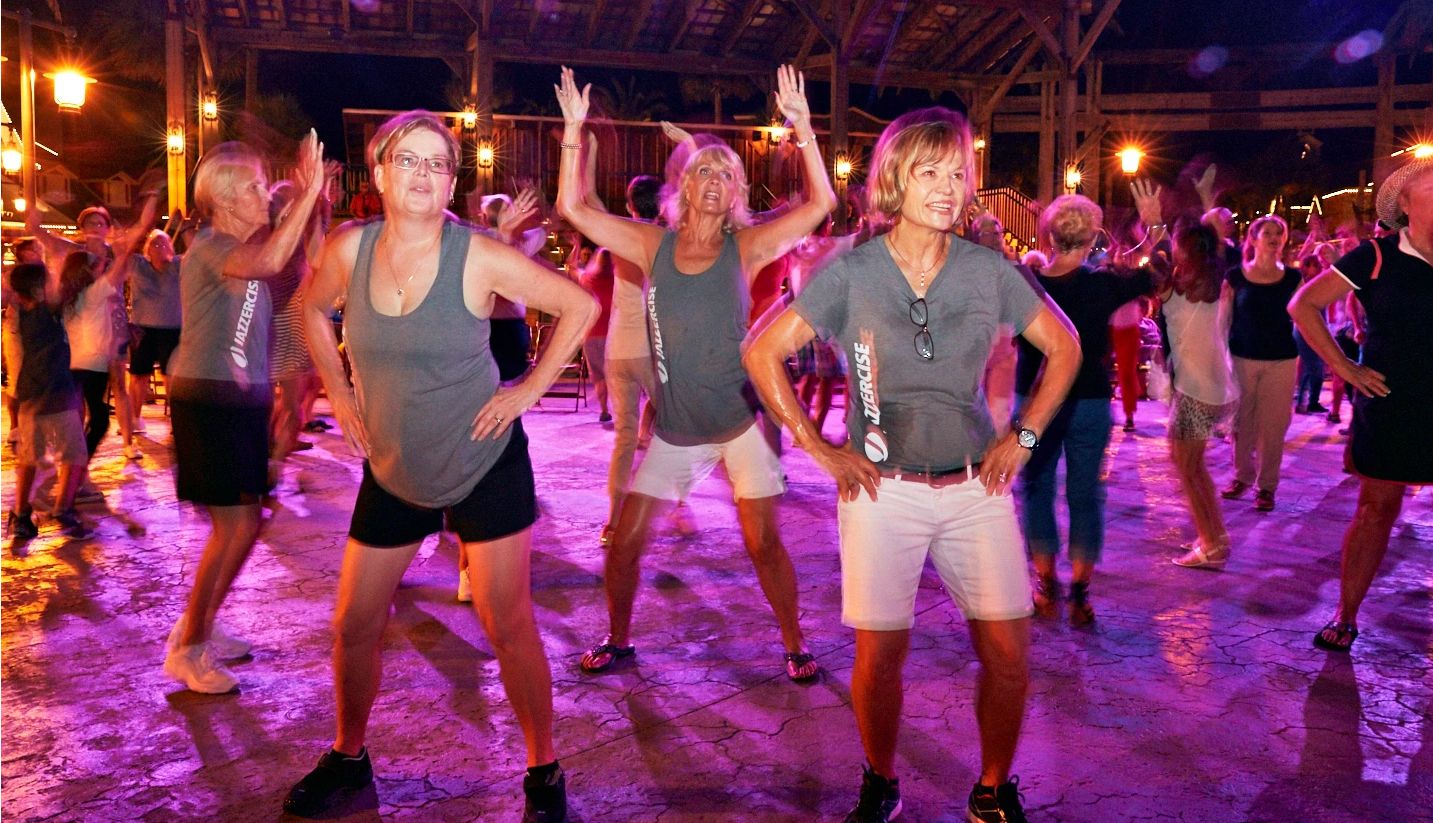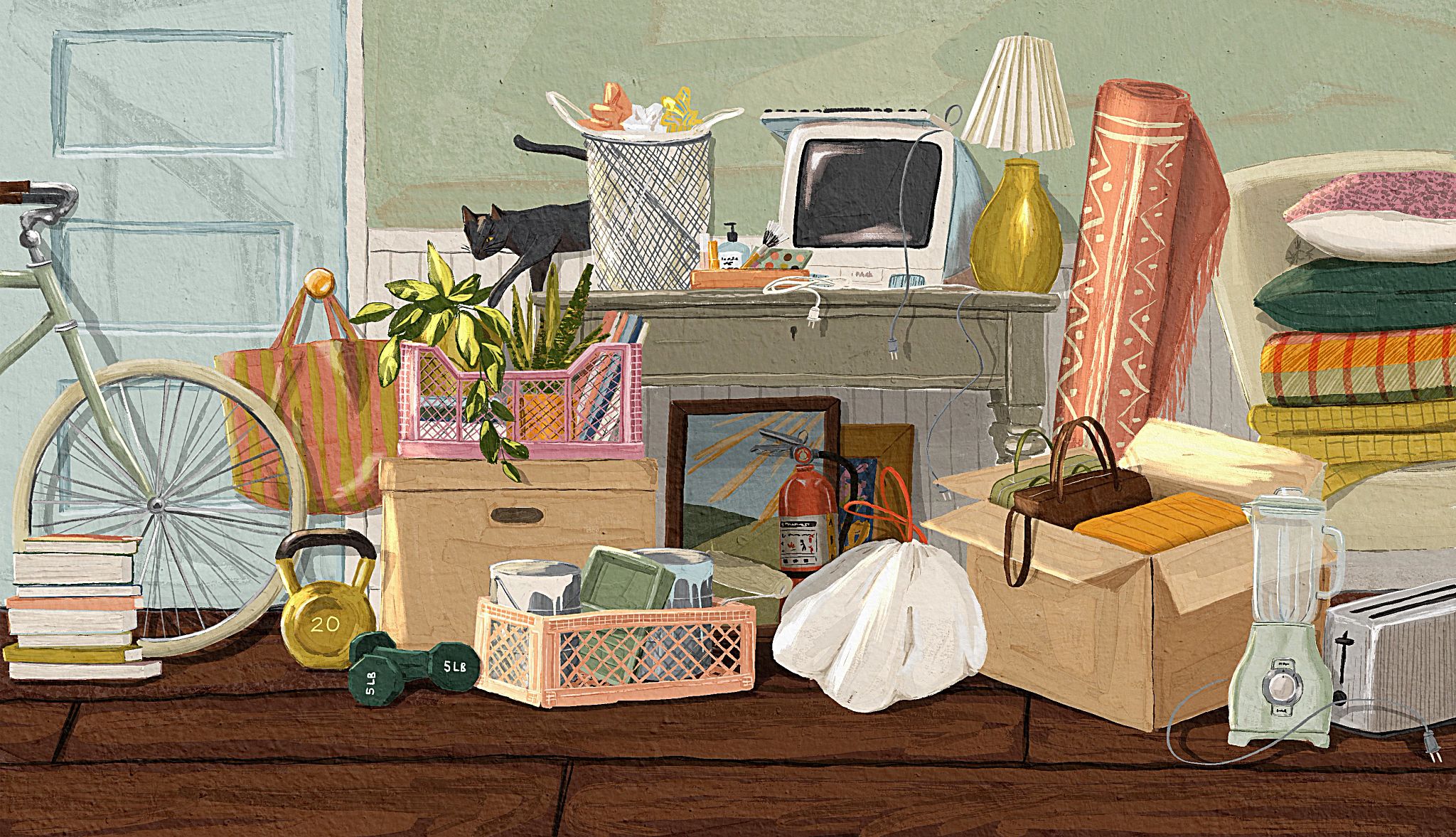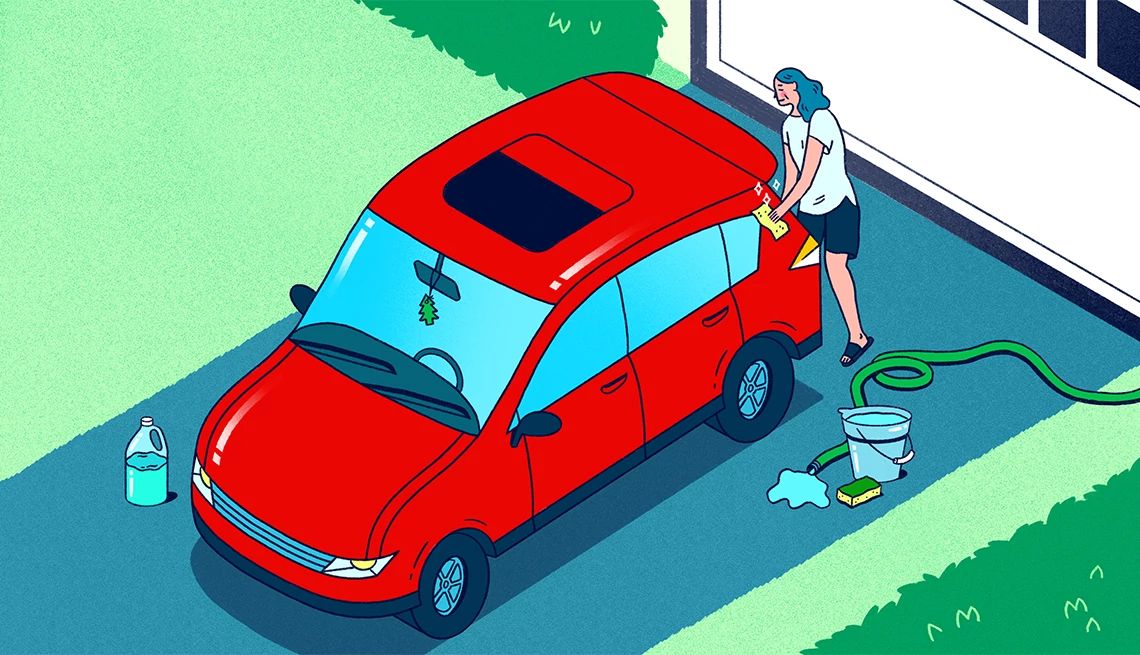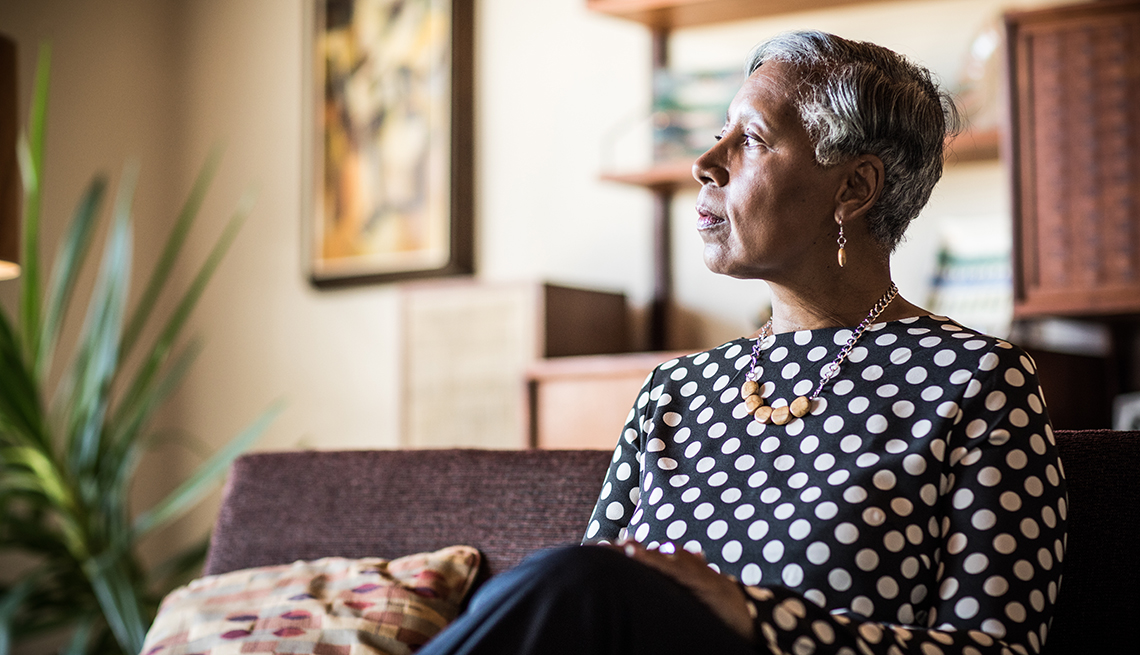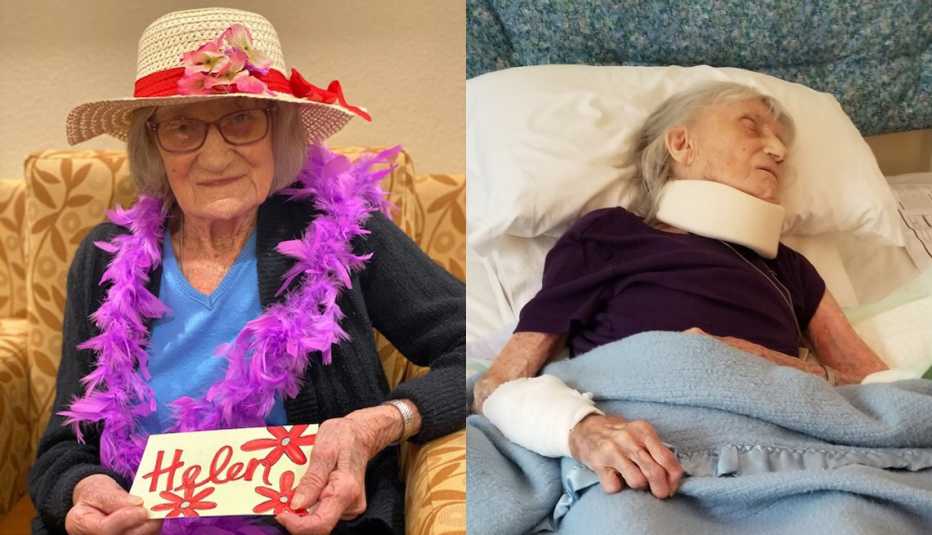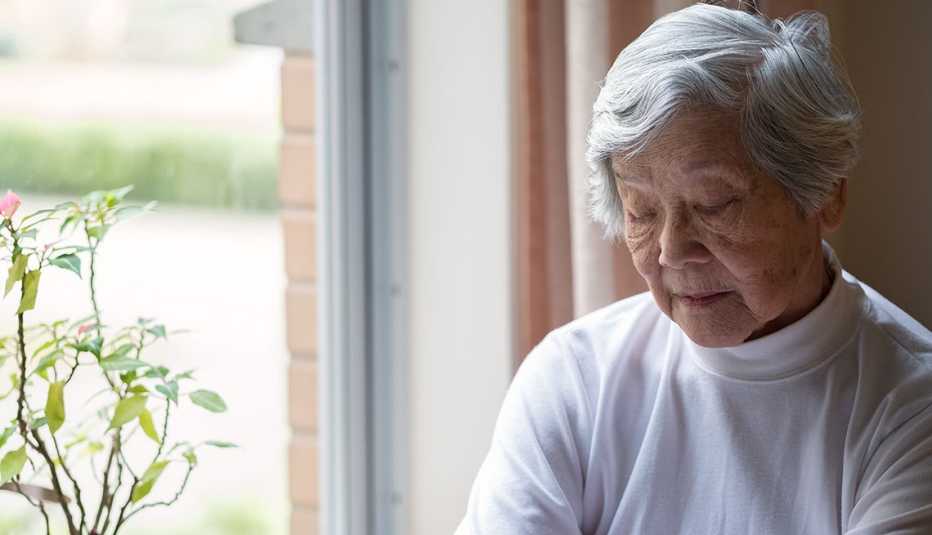AARP Hearing Center
The coronavirus pandemic is causing an epidemic of loneliness and social isolation among adults, carrying with it significant health and emotional risks, according to a new report from AARP Foundation and the United Health Foundation.
Two-thirds of adults say they are experiencing social isolation, and 66 percent say their anxiety levels have increased during the pandemic, according to survey results the foundations released this week in “The Pandemic Effect: A Social Isolation Report.”
The widespread impact of COVID-19 and social distancing measures used to prevent infection are intensifying existing feelings of loneliness, according to the survey, and, in some cases, the impact is more pronounced on older adults, particularly among women and those who are low income. More than half of adults 50 and older reported social isolation — defined as an absence of meaningful social relationships — during the pandemic.
"This is a very real public health crisis,” says Lisa Marsh Ryerson, president of AARP Foundation. “Decades of research on prolonged social isolation and loneliness … [shows that it is] worse for health than obesity and as damaging to health as smoking 15 cigarettes a day."
Astronaut Scott Kelly, who spent 340 days isolated in space, is working with the foundation to bring awareness about the report's findings and solutions. While astronauts are in space NASA provides support and counseling for them, Kelly says, but the survey shows that many people who feel isolated do not take advantage of available resources. Only 11 percent of survey respondents turned to a medical professional when feeling sad or down, and almost a third of those 50 and over said they didn't turn to anyone for support during the pandemic.
"When I was in space for a year, not only was help available to me,” Kelly says, “it was mandatory.” On earth, however, “people don't know that help is readily available.”
But there are avenues of assistance, including AARP Foundation's Connect2Affect.org, a site that provides resources to address social isolation, such as an assessment to determine risk. The site also features a chat bot designed for friendly conversations and to guide people looking to rebuild their social connections.




